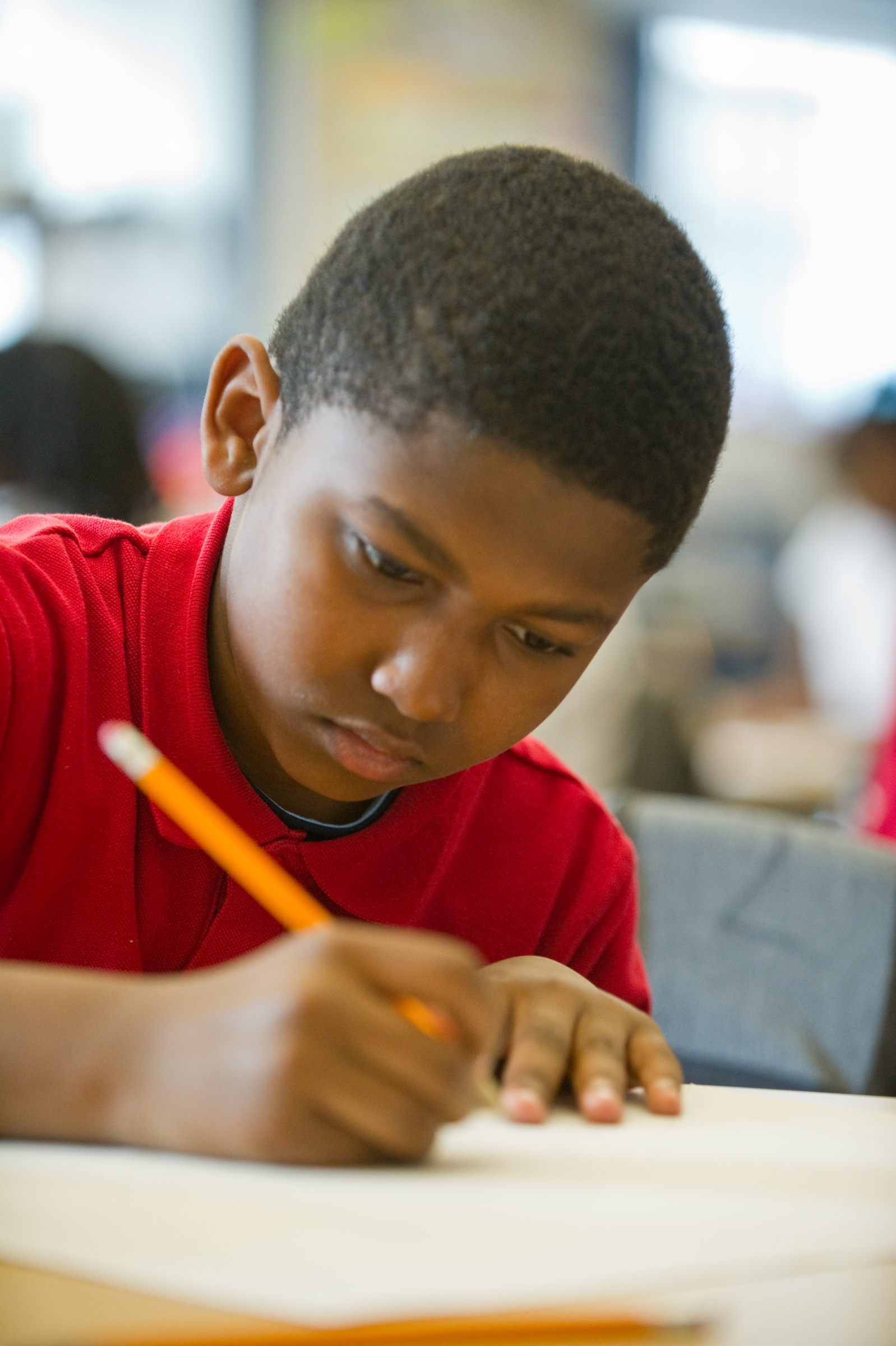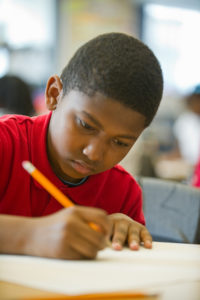Parent-Student-Teacher Conferences Keep the Focus on the Child

 On a sunny October afternoon, kindergartner Chloe welcomes her mom into her classroom for a conference. Together they review a map Chloe had created with symbols representing the activities that the class has been doing in these first weeks of school.
On a sunny October afternoon, kindergartner Chloe welcomes her mom into her classroom for a conference. Together they review a map Chloe had created with symbols representing the activities that the class has been doing in these first weeks of school.
Some of the areas have markings such as “What I like” and “What I need to do better.” Chloe had marked lunch as the thing she needs to do better. Specifically, she explains, she doesn’t like to clean up her lunch trash.
The child, parent, and teacher then talk about what would help Chloe do better at lunch. The three also agree on another goal for Chloe for the year: to learn to read. Finally, all three sign a contract putting their agreements into writing.
This meeting is typical of conferences at Southern Aroostook Community School in Dyer Brook, Maine. From kindergarten through fifth grade, students not only are present at conferences, but in many cases they prepare and lead them. The first conference of the year focuses on naming goals for the child for the year. The second centers on mid-year progress toward the goals. The third is devoted to reflecting on the year’s accomplishments and brainstorming ideas for summer learning.
Benefits of three-way conferences
One benefit of this type of conference is that it keeps the adults focused on the child’s work, say teachers at Southern Aroostook. The conversation centers on the child’s portfolio from the trimester and is all about the child’s strengths, progress, and needed improvements. “I used to feel a lot of pressure before parent conferences because they seemed to focus on the report card and me as the teacher,” says multi-age teacher Mary Beth DiMarco. “Now the conferences are really about the children and their work.”
The approach also encourages children to take responsibility for their learning. Though teachers guide the selection of work samples for student portfolios, the final decision is the child’s. In addition, each child is asked to name goals for the following trimester. One parent said her fourth grader starts thinking about her goals before the teacher even prompts it. “She’s learning how to set and achieve goals, and that’s something she carries with her to other parts of her life.”
A final benefit of three-way conferences, teachers say, is the collaboration that emerges. For example, parents are also asked to name goals for their child. Teachers, too, prepare some ideas. At the conference, everyone shares ideas so that the final goals are the product of a three-way discussion. “From the kid’s perspective,” says one parent, “we are all part of a team—a team focused on working together to help the child.”
Keys to success
Several elements help make student-led conferences successful at Southern Aroostook:
Carefully chosen work samples
Teachers help students select samples that reflect strengths as well as needed improvements. Students are encouraged to choose from a range of subjects and consider the academic and social arenas. This gives parents a true picture of how the child is doing.
Practice for students
Before each conference, students, particularly in the younger grades, practice the conference format. Older students often help by playing the role of parents.
Information packet for parents
Before each conference, a packet goes home explaining what parents can expect at the conference and prompting them to think about goals they’d like for their child in the coming months.
Progress reports sent ahead of time
The children’s progress reports arrive at home a day or so before the conference. Having had a chance to read the reports ahead of time, parents can then focus during the conference on their child’s portfolio.
Staff collaboration
The conference model was developed by teachers and the principal working together. The staff then practiced it with each other. Today, teachers continue to observe each other’s conferences and discuss how the model is working. “The staff did this together,” says principal Greg Bagley, “and they trust the model and each other.”
Parents & Teachers Working Together, by Carol Davis and Alice Yang
Build positive relationships with parents and work with them to support their children’s learning. Combines the voice of a master teacher with spotlights of a dozen other teachers in action in rural, urban, and suburban schools. Includes sample letters and forms throughout.
